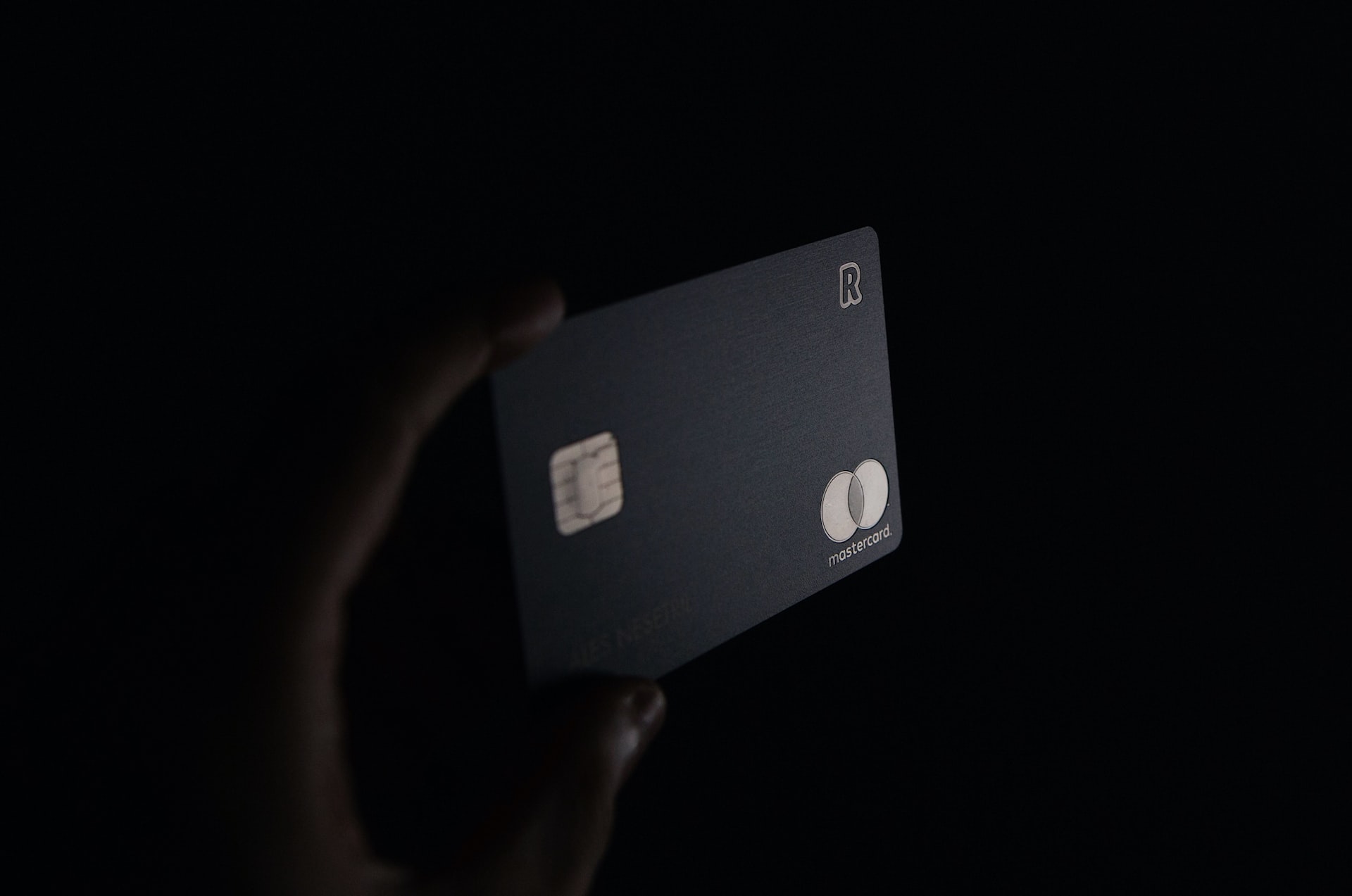Credit card debt is relatively easy to get into. But, paying off the balances is another story.
It could take several years to repay what you owe, especially if you can only afford the minimum monthly payment. Furthermore, you risk paying a fortune in interest over time or damaging your credit health if you experience financial hardship and fall behind on payments.
Fortunately, there are several viable options to get relief from credit card debt. Read on to learn more about how it can be done without becoming even more overwhelmed.
Understanding Credit Card Debt
How Much Debt Is Too Much Debt?
Wondering if your debt load is excessive? It depends on how much you currently owe, how it stacks up to your earnings and if you can comfortably afford to make payments to creditors. If your balances are greater than 50 percent of your gross income, you are likely carrying too much debt.
Common Signs of Debt Trouble
The most common sign of debt trouble is not being able to afford the monthly payments. Or, if you can barely stay afloat financially after making the minimum monthly payments on your credit cards, you’re likely overextended and will spend several years digging yourself out of a debt hole unless you seek other relief options.
What Are Your Options for Credit Card Debt Relief?
Before seeking relief from your credit card debt, you’ll need to assess your spending habits. Is your budget working for you, or does it need adjustments? Are there expense items you can cut in the short term? Do you have other ways to make money?
If your money’s already tight, you’ll either have to cut costs or earn more to gather the funds you’ll need to pay off your credit card balances. It doesn’t matter what approach you decide to take.
Also, adjust your budget or create a realistic plan if you don’t yet have one. It’s equally vital that you commit to the plan to meet your debt-payoff goals.
Payment Strategies
Once you know how much cash you’ll have leftover each month to put towards extra debt payments, the next step is to select a payment strategy to keep you on track. Here are some popular methods:
- Debt Snowball: Make the minimum payment on all your debt accounts, and allocate any extra funds to the account with the smallest balance. Once it’s paid off, move on to the account with the next smallest balance and continue this pattern until all your debt is paid off.
- Debt Avalanche: The debt avalanche works like the debt snowball, but you’ll start by focusing on the account with the highest interest rate.
- Pay More Than Minimum: Only paying the minimum each month is a surefire way to stay in debt for an extended period and spend a fortune in interest. To illustrate, assuming you owe $2,000 on your credit card, the minimum monthly payment is $100, and the APR is 15.99 percent. It’ll take 24 months to pay off the balance, and you’ll pay $341 in interest. But if you’re able to pay $150 per month, you’ll only spend $216 in interest and pay off the card in just 15 months.
- Automate Payments: While this isn’t necessarily a payment strategy, automating your monthly debt payments is a surefire way to avoid racking up late payment penalties. It also helps you stay current on your accounts and prevent damage to your credit score.
Work With Your Creditors
Many creditors and lenders offer hardship programs to financially-distressed account holders. This could entail reduced or delayed payments, a lower interest rate or a waiver of late fees. If possible, reach out to your creditors sooner than later if you cannot afford your minimum monthly payments.
Credit Counseling
Credit counseling is often available free of charge. It can help you devise a plan of action to more effectively manage your spending and pay off overwhelming credit card debt. There are many reputable non-profit credit counseling agencies you can reach out to for a free consultation with a counselor.
Debt Consolidation
Debt consolidation involves rolling multiple debt accounts into a single account, typically a zero-percent balance transfer credit card or personal loan. Here’s how they work:
- Zero-percent balance transfer credit card: You’ll get an interest-free introductory period of up to 21 months. The idea is to move over all high-interest credit card debt and pay it off within this timeframe to save a bundle in interest.
- Personal loan: Debt consolidation loans are personal loans designed to help you pay off outstanding debt faster. You’ll use the loan proceeds to eliminate high-interest debt and make a single monthly payment to the new creditor to streamline the repayment process.
For either method to be effective, you must refrain from using credit cards you pay off or risk accumulating more debt than you started with.
Debt Relief Programs
There are several debt relief programs worth considering if you need hands-on assistance.
- Debt Management Plan (DMP). It’s offered by non-profit credit counseling companies and aims to reduce the amount of time you’ll spend repaying what you owe. The counselor will work with your creditors for more favorable repayment terms. Often lowering your interest down to 10-0%. You’ll pay a fixed amount to the counseling agency each month that’s dispersed to creditors. You won’t be able to use the cards that are entered into the program, but you can also keep some accounts out of the program, so you still have access to things like hotel rooms or car rentals, etc. A DMP can get you out of debt quickly, not hurt your credit report, and you can save thousands.
- Bankruptcy: You could be eligible to file for Chapter 7 or Chapter 13 bankruptcy. However, this method should only be used as a last resort, and it’s worth consulting with a bankruptcy attorney before moving forward. Before considering Bankruptcy, you should talk to a non-profit counseling agency to see all of your options. If bankruptcy is your best option, they can help you make that decision.
- Debt Settlement: If you settle your debts, the creditor will accept less than what’s owed on the account. However, it means bad news for your credit health and can be costly if you work with a debt settlement company. Furthermore, some creditors may not agree to settle your debt and could sue you in a court of law if you fall too far behind on your payments.







